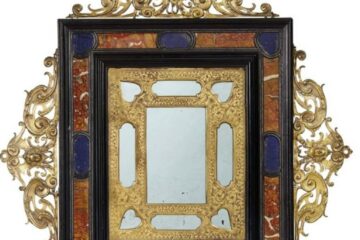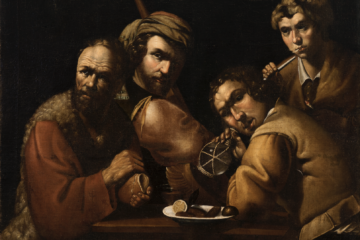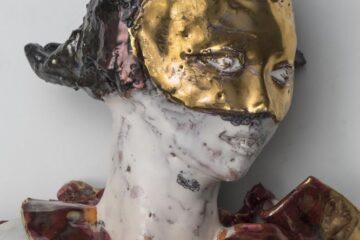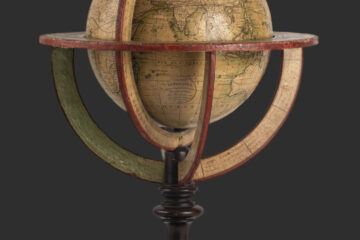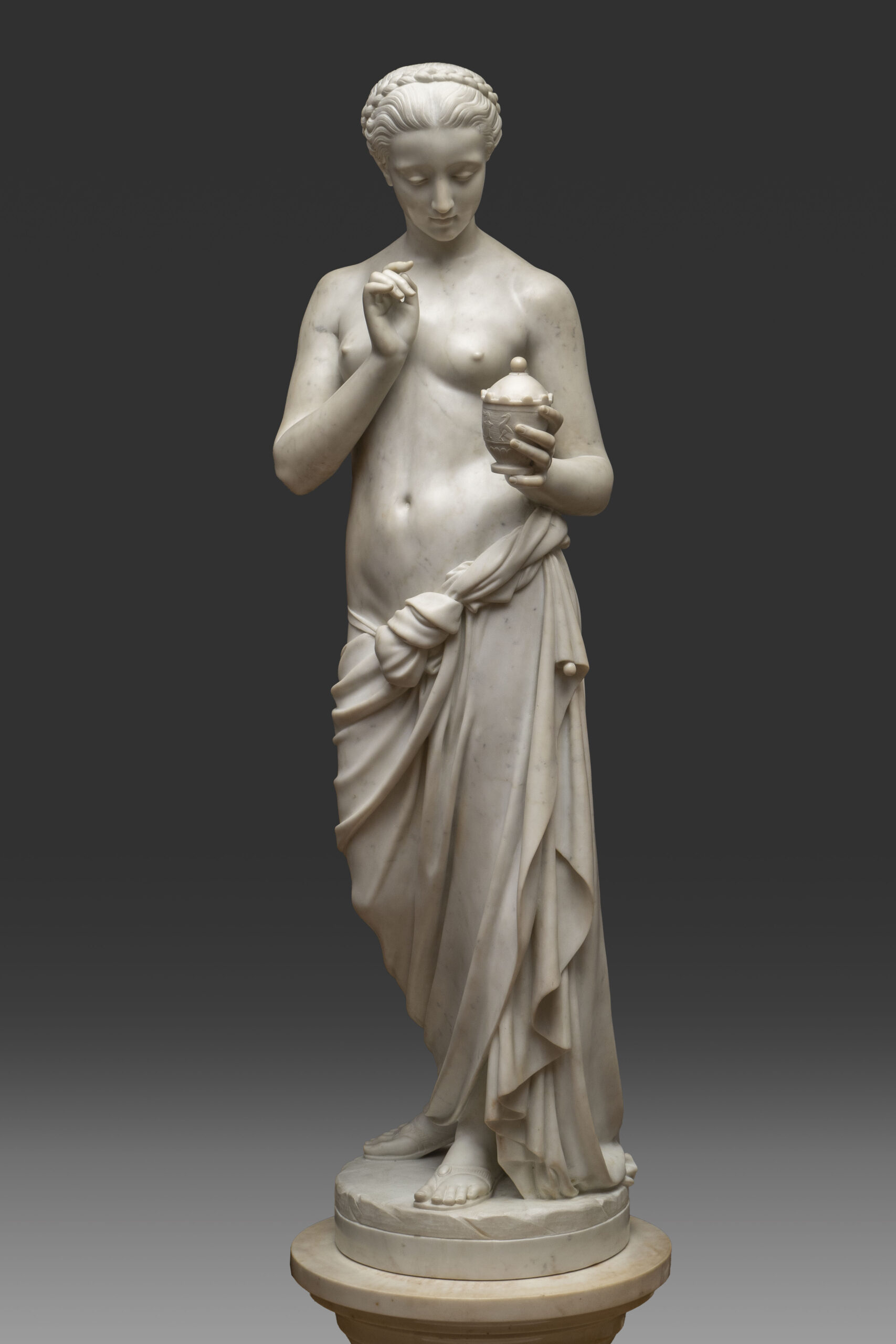“NINFEE”
Angelo Biancini
( castel bolognese 1911-1988)
IL RATTO DELLE NINFEE
Painted ceramic bas-relief
50x80cm
Signed e dated
Faenza 28.07.1973
His first training took place at the Art Institute of Florence with Libero Andreotti. He began to exhibit in the 1930s at trade union exhibitions, at the Venice Biennials (from 1934 to 1958), at the Quadrennials (1935-39) and at the Seventh Triennale in Milan. He teaches at the Institute of Ceramic Art in Faenza, but his works, although predominantly made of ceramic, make use of various materials, stone, bronze, concrete. The friendship with Paul VI leads to a series of commissions of varying importance and monumentality, works that often appear as wall sculptures, always in close connection with architecture. At the end of the 1960s he obtained important foreign commissions and his works are present in museums in many European, American and Asian capitals. The collaboration with the Italian Ceramic Society of Laveno initiates the comparison of art with industry, questioning the uniqueness of the work.
